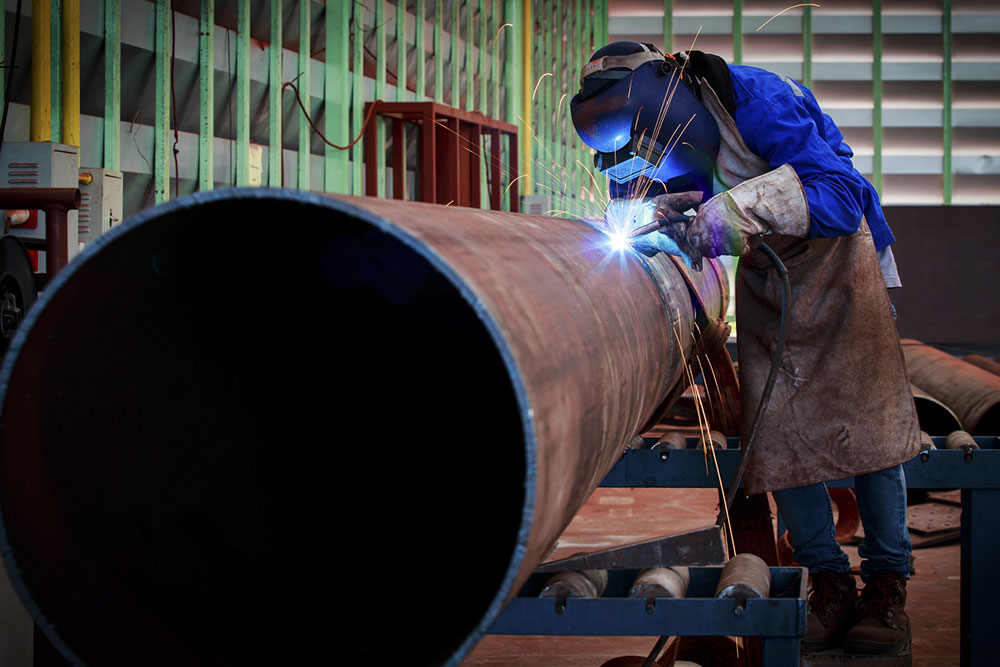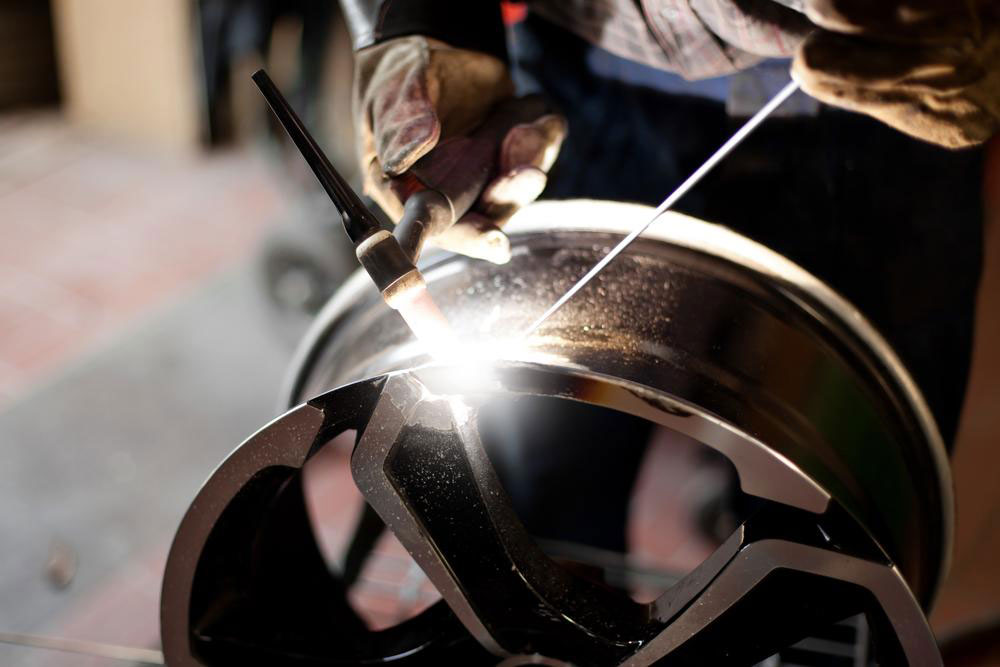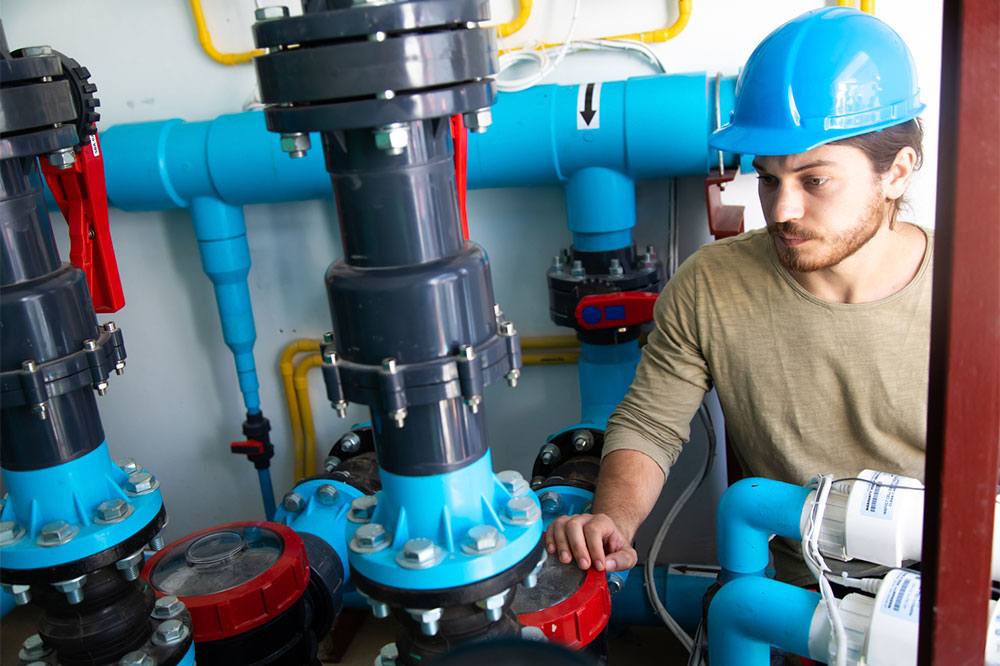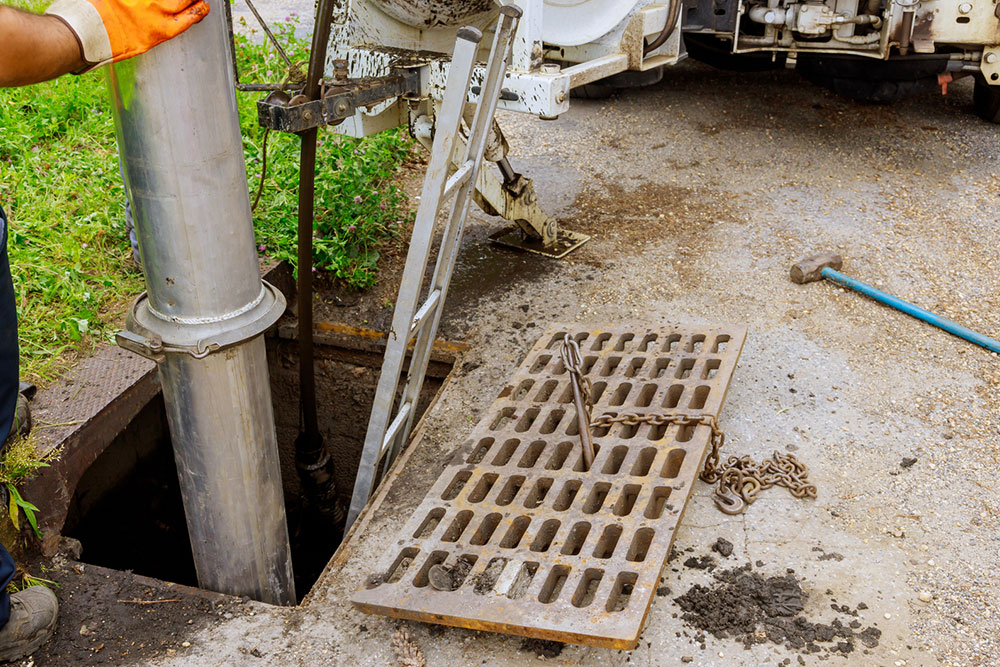Comprehensive Guide to Pipe Welding Techniques and How to Choose a Reliable Welding Service
This comprehensive guide explores essential pipe welding techniques like TIG, MIG, stick, flux-cored, and submerged arc welding, highlighting their applications. It offers practical tips for selecting a trustworthy welding service to ensure durable, high-quality pipe joints. The article emphasizes safety, certification, and project experience to help you make informed decisions, whether in industrial, residential, or commercial settings. Proper technique choice and professional contractor selection are crucial for long-lasting, reliable piping systems that meet safety standards and industry requirements.

Comprehensive Guide to Pipe Welding Techniques and How to Choose a Reliable Welding Service
Pipe welding plays a crucial role in modern infrastructure, enabling secure and seamless connections between metal pipes across various industries. Whether it's in the construction of oil and gas pipelines, residential plumbing systems, heating, ventilation and air conditioning (HVAC), or industrial manufacturing, high-quality welding is essential for ensuring safety, durability, and ongoing performance. Selecting the right welding method and a trustworthy service provider can mean the difference between a long-lasting, safe installation and potential future failures or hazards. This article delves into the most common pipe welding techniques, their specific applications, and practical tips for identifying a competent welding contractor to meet your project's demands.
Understanding Common Pipe Welding Methods
1. Tungsten Inert Gas (TIG) Welding
Often regarded as one of the most precise welding methods, TIG welding, also known as Gas Tungsten Arc Welding (GTAW), uses a tungsten electrode that is non-consumable. This technique involves heating the metal edges with a focused electric arc and adding a filler metal as needed. Because of its accuracy, TIG welding produces clean, defect-free joints that are ideal for critical applications requiring high weld integrity. It's especially effective for stainless steel, aluminum, and delicate non-ferrous metals, making it a top choice in industries such as aerospace, medical equipment, and high-end manufacturing. TIG welding demands skilled technicians and can be more time-consuming but offers unmatched precision and aesthetic quality, making it indispensable in projects where quality cannot be compromised.
2. Metal Inert Gas (MIG) Welding
MIG welding, or Gas Metal Arc Welding (GMAW), is distinguished by its speed and ease of application. This process utilizes a continuously feeding consumable wire electrode, which melts to form the weld. Shielding gas, typically argon or a mix of gases, protects the weld pool from contamination. MIG welding is highly versatile and well-suited for both ferrous and non-ferrous metals such as steel, stainless steel, and aluminum. Its efficiency makes it the preferred choice for large-scale projects, construction sites, and industrial pipelines, where speed and productivity are critical. While MIG welding offers excellent penetration and productivity, it may not be as precise as TIG and might require additional finishing for aesthetic purposes. Proper technique and equipment calibration are essential for achieving high-quality results.
3. Shielded Metal Arc Welding (SMAW) or Stick Welding
Stick welding, formally known as Shielded Metal Arc Welding (SMAW), is one of the most traditional and widely used pipe welding techniques. It involves using a coated electrode that melts and fuses with the base metal. The flux coating on the electrode creates a protective shield around the weld area, preventing oxidation and contamination. Stick welding is highly effective for welding carbon steel pipes and is often favored for outdoor environments due to its robustness and ability to operate in adverse weather conditions. It requires less sophisticated equipment and is relatively simple to learn, making it accessible for various applications. Despite being slower than MIG or TIG, stick welding produces durable welds suitable for construction, repairs, and field work across diverse settings.
4. Flux-Cored Arc Welding (FCAW)
FCAW is an advanced variant of MIG welding that uses a specialized tubular wire filled with flux. This method combines the speed and ease of MIG welding with enhanced strength and adaptability for thicker materials. FCAW can be performed with or without shielding gas, providing flexibility for different project requirements. Known for its high deposition rates, FCAW is ideal for heavy-duty industrial pipelines, thick-walled pipes, and situations demanding fast, reliable welds under demanding conditions. Its ability to produce strong, high-quality welds quickly makes it a favored method in manufacturing, shipbuilding, and large construction projects.
5. Submerged Arc Welding (SAW)
Submerged Arc Welding (SAW) is primarily used for welding thick metals, especially in industrial applications involving large pipes and structural components. It employs a granular flux to cover the weld area completely, with the arc submerged beneath the flux layer. The process is highly automated, providing consistent high-quality welds with minimal gaps or defects. Because of its efficiency and ability to weld large areas rapidly, SAW is common in steel fabrication plants, power plants, and large pipeline projects. It demands specialized equipment and skilled operators but offers excellent fusion quality and weld integrity for heavy-duty pipe welding tasks.
How to Select the Most Suitable Pipe Welding Service
1. Conduct In-Depth Research
Start by evaluating multiple welding service providers in your region or market. Review their websites, portfolio of past projects, and client testimonials. Comparing pricing, experience, and customer satisfaction levels will help you filter out unreliable or inexperienced contractors. Look for companies with extensive experience in the specific welding techniques needed for your project, ensuring they understand the technical requirements and safety standards.
2. Verify Technical Expertise and Certifications
Ensure the welding team holds relevant certifications such as AWS (American Welding Society) or equivalent industry credentials. Certified welders have undergone rigorous training and adhere to industry standards, providing peace of mind regarding the quality of work. A reputable company should furnish proof of certifications and demonstrate proven track records in handling projects similar to yours, whether it’s industrial pipelines, residential plumbing, or commercial HVAC systems.
3. Evaluate Quality of Past Work
Request to see examples of completed projects or ask for references from previous clients. Visiting their completed sites can help you assess the quality of welds, the precision of work, and adherence to safety and quality protocols. Reputable welding contractors often provide warranties for their work and maintain quality control processes to ensure weld durability and safety.
4. Emphasize Safety Procedures
Welding involves inherent risks, so safety should be a primary concern. Confirm that the service provider follows strict safety standards, uses appropriate personal protective equipment (PPE), and maintains a comprehensive safety management system. Both parties should prioritize safety protocols to protect workers, your property, and project integrity. Proper safety management reduces the chances of accidents, ensuring the project progresses smoothly and safely.
Conclusion
Choosing the right pipe welding technique and hiring a reliable contractor is vital for the success of any pipeline or pipe system installation. Understanding the strengths and applications of each welding method allows you to make informed decisions aligned with your project needs. Simultaneously, selecting a qualified, safety-conscious welding service guarantees durable, high-quality welds that meet industry standards and safety regulations. Incorporate thorough research, verify credentials, inspect past work, and prioritize safety to ensure your project is executed professionally and efficiently. With the right approach, your piping infrastructure will provide long-lasting, secure service for years to come.




